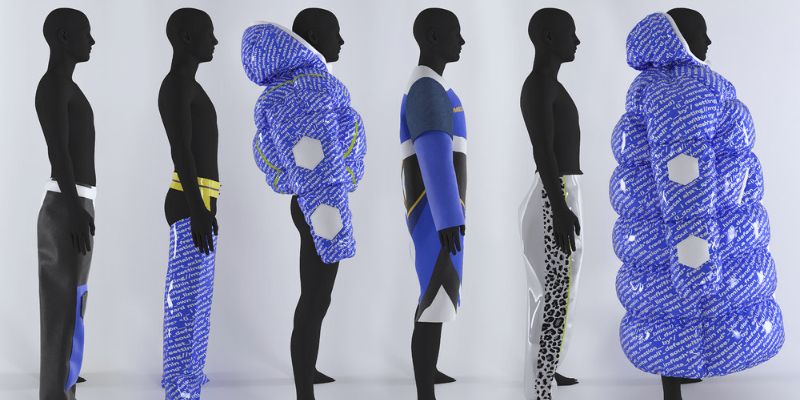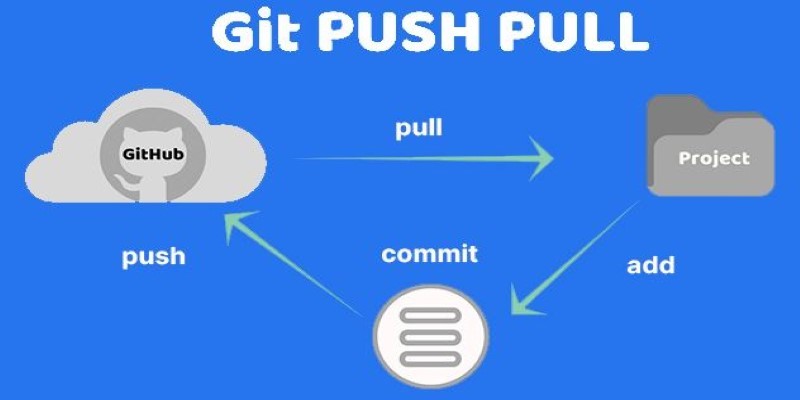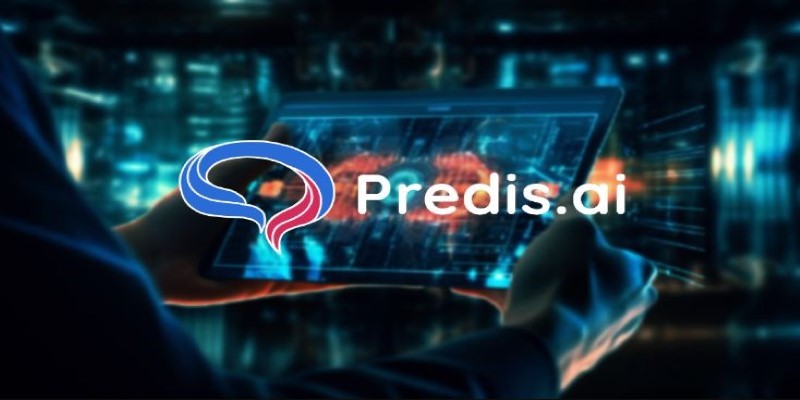Advertisement
Shopping has evolved quite a bit recently—more people than ever before browse the internet. Purchasing glasses or clothes online can feel risky. Will it fit? Will it look good? These are among the frequently asked questions. Flux Labs then comes in handy. Their virtual try-on tool using artificial intelligence technologies is altering our purchase behavior. It shows you how goods look on you before purchase.
You neither have to guess what works nor visit a store. Try on clothes, glasses, makeup, and more, but only use your phone or computer. The experience is authentic, fluid, and simple. It cuts returns and saves time. Online buying is being transformed in fascinating, fresh directions by this technology. That is how it all operates and the reasons it is important.

Flux Labs Virtual Try-On is an AI-powered tool that changes how people shop online. It shows you how makeup, spectacles, or clothing will appear on you before you buy. It works on PCs, tablets, and phones. You can utilize a real-time camera or upload a picture. The technology places the item in your image, making it look like a real-time mirror. Use it quickly and easily. You don’t need to download another app.
Many companies today have it right on their websites. It makes customers more assured before making a purchase. The tool also facilitates the selection of appropriate sizes, styles, and colors. Fewer returns and better pleasure follow from this. Shoppers enjoy the interactive experience, and stores benefit from higher sales. For everyone, this basic technology is enhancing online buying. By allowing trying on items from home to seem like the real thing, Flux Labs saves both time and frustration.
Flux Labs makes its try-on tool realistic and smart using artificial intelligence picture recognition. The system notes your body’s or face’s form. It knows angles, lighting, and motion. It then positions the item—such as a shirt or lipstick—on your picture in the right area. Everything fits nicely and seems natural. As more people use the tool, the AI becomes smarter. It can identify body kinds, facial forms, and even skin tones.
It guides it in suggesting the finest colors and designs for every individual. It is like having a personal stylist utilizing cutting-edge technology. To get better results, the program also employs machine learning. It learns what people like or ignore and adapts based on those choices. It keeps improving since it finds what suits it best. All of this happens quickly and effortlessly. The technology works in the background. You find a flawless, customized try-on experience. It is enjoyable, useful, and seems like magic driven by science.
Virtual try-on by Flux Labs offers numerous useful advantages for online buyers. It makes the shopping process streamlined, smart, and fun. These are the main benefits:

Flux Labs Virtual Try-On saves retailers money and increases sales, so they adore it. Online returns are a huge problem in retail. Stores lose billions every year because of them. This technology shows consumers how products will look, helping to lower returns. Consumers are less inclined to return items when they know exactly what they purchase. Fewer expenses for the store follow from this. It drives more sales as well. People that try before they buy develop confidence and spend more.
Virtual try-ons also improve the online shopping experience. It resembles purchasing at a physical store more than otherwise. Consumers’ more prolonged interactions with items usually translate into more sales. Additionally, significant data for stores comes from artificial intelligence. They can analyze customer preferences in color, size, and style. It improves inventory control and planning. It facilitates more easy demand met by shops. More brands are integrating Flux Labs into their websites, which makes perfect sense.
With virtual reality technologies and artificial intelligence, Flux Labs is reshaping retail. Shopping will be more digital and more intimate going forward. Virtual try-ons may soon become the norm for all online shopping. People will observe how objects fit and look, not speculate. Fewer returns and more delight follow from this. Stores can better serve consumers and save millions. But it won’t stop there, either. These tools might go beyond just cosmetics and clothing.
Consider examining how paint looks on your wall or trying a different couch in your living room. Technology developed at Flux Labs could realize that vision. Consumers will demand clever tools that grasp their needs. Retailers have to keep current. The lines separating online and in-store buying could blur. Virtual technologies can help both to feel more real and connected. Under Flux Labs’ direction, shopping is becoming smarter, simpler, and more enjoyable than ever.
Flux Labs Virtual Try-On is changing how we shop online. It gives an enjoyable, personal experience, saves time, and clears questions. Retailers like fewer returns and more sales; consumers enjoy seeing how things look before buying. This AI-powered tool is simple, fast, and keeps getting smarter with each use. The future of online buying gets more fascinating as more firms embrace it. It’s about finding a better, more confident buying approach, not only about convenience. With tools like these, shopping feels simpler, more fun, and more human. Flux Studios leads this internet retail revolution.
Advertisement

What if you could deploy dozens of LoRA models with just one endpoint? See how TGI Multi-LoRA lets you load up to 30 LoRA adapters with a single base model

AWS launches AI chatbot, custom chips, and Nvidia partnership to deliver cost-efficient, high-speed, generative AI services

Still unsure about Git push and pull? Learn how these two commands help you sync code with others and avoid common mistakes in collaborative projects

RAG combines search and language generation in a single framework. Learn how it works, why it matters, and where it’s being used in real-world applications

How to fine-tune a Tiny-Llama model using Unsloth in this comprehensive guide. Explore step-by-step instructions on setting up your environment, preparing datasets, and optimizing your AI model for specific tasks

How to create Instagram Reels using Predis AI in minutes. This step-by-step guide shows how to turn ideas into high-quality Reels with no editing skills needed

Reddit's new data pricing impacts AI training, developers, and moderators, raising concerns over access, trust, and openness

Explore key features, top benefits, and real-world use cases of OpenAI reasoning models that are transforming AI in 2025.

NPC-Playground is a 3D experience that lets you engage with LLM-powered NPCs in real-time conversations. See how interactive AI characters are changing virtual worlds

Need to convert a Python list to a NumPy array? This guide breaks down six reliable methods, including np.array(), np.fromiter(), and reshape for structured data

Learn how DreamBooth fine-tunes Stable Diffusion to create AI images featuring your own subjects—pets, people, or products. Step-by-step guide included

Discover how to generate enchanting Ghibli-style images using ChatGPT and AI tools, regardless of your artistic abilities